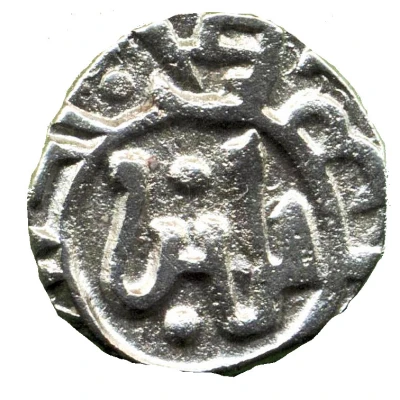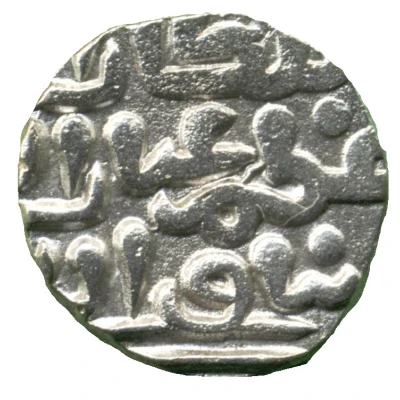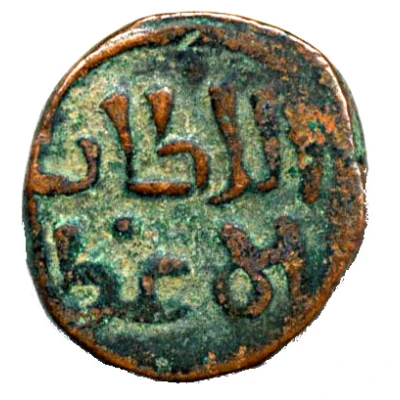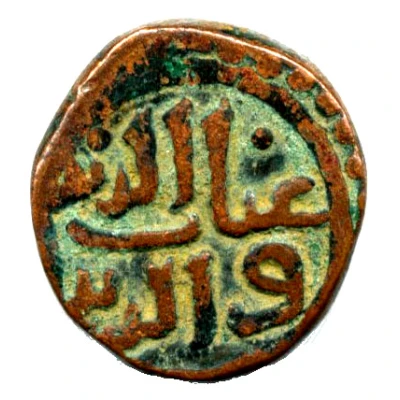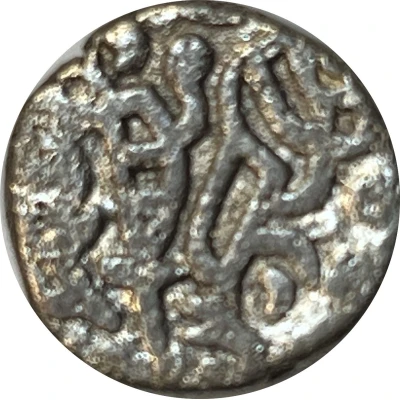
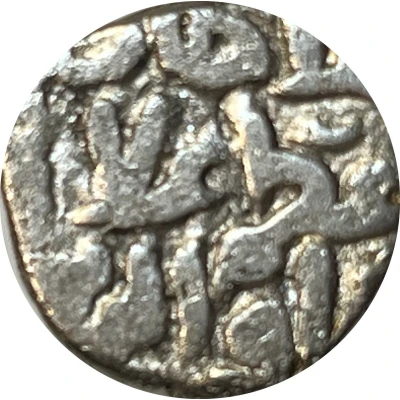

1 Jital - Ghiyas-ud-din Balban ND
| Billon (.040 silver) | 3.3 g | 15 mm |
| Issuer | Sultanate of Delhi (Indian Sultanates) |
|---|---|
| Sultan | Ghiyas ud-Din Balban (1266-1287) |
| Type | Standard circulation coin |
| Years | 1266-1287 |
| Value | 1 Jital (1⁄48) |
| Currency | Tanka (1206-1526) |
| Composition | Billon (.040 silver) |
| Weight | 3.3 g |
| Diameter | 15 mm |
| Shape | Round (irregular) |
| Demonetized | Yes |
| Updated | 2024-10-05 |
| Numista | N#385340 |
|---|---|
| Rarity index | 97% |
Reverse
Script: Arabic
Lettering: as-sultan/al-a'zam 'Ala/ud-duniya wa ud-din
Comment
Ghiyas ud din Balban (reigned: 1266–1287) (Urdu: غیاث الدین بلبن) was the ninth sultan of the Mamluk dynasty of Delhi. Ghiyas ud Din was the wazir and heir of the last Shamsi Sultan, Nasir ud-Din. He reduced the power of the treacherous nobility and heightened the stature of the sultan.
His original name was Baha Ud Din. He was an Ilbari Turk. When he was young he was captured by the Mongols, carried to Ghazni and sold to Khawaja Jamal ud-din of Basra, a Sufi. The latter then brought him to Delhi in 1232 AD along with other slaves, and all of them were purchased by Iltutmish. Balban Belonged to the famous band of 40 group of Turkic slaves of Iltutmish.[1]
Ghiyas made several conquests, some of which were as vizier. He routed the Mewats that harassed Delhi and reconquered Bengal, all while successfully facing the Mongol threat, a struggle that spent his son and heir's life. So it came to pass that upon his death in 1287, his grandson Qaiqubad was nominated sultan, undermining the achievements of his grandfather.
In spite of having only a few military achievements, Ghiyas ud-din made civil and military reforms that earned him the position of the strongest ruler between Shams ud-din Iltutmish and the later Alauddin Khalji, whose military achievements rest on the order established within the sultanate by Ghiyas ud din Balban.
Note, Tye #402 has five varieties distinguishable by minor variations in the horseman design on the obverse. The example pictured appears to be Tye #402.1.
Interesting fact
One interesting fact about the 1 Jital coin of Ghiyas-ud-din Balban is that it was issued during a time of significant economic and cultural growth in the Sultanate of Delhi. The coinage of this period, including the 1 Jital, was characterized by its use of Billon, a silver-copper alloy, which was a common practice in medieval India. Despite being made of a relatively low-value material, the 1 Jital coin was widely used and valued in its time, reflecting the prosperity and trade of the region.
